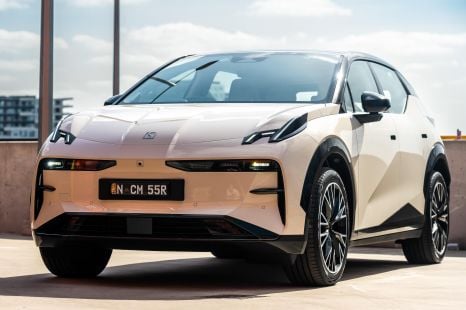

James Wong
7.9
5 Days Ago
SPONSORED: As of April 2024, Mahindra had a market capitalisation of more than A$46 billion. It's growing in Australia, but it's unlikely to be small for long.

Senior Road Tester


Senior Road Tester
SPONSORED: Mahindra Automotive Australia might be a relatively small player in the scheme of car brands here but on a global scale, it’s a proper heavyweight operating across myriad industries.
As of April 2024, Mahindra had a market capitalisation of more than US$29.82 billion (A$46 billion), making it the 631st most valuable company in the world and placing it ahead of brands such as Fujitsu, Bayer, Bridgestone, and Mitsubishi Heavy Industries.
It has a worldwide presence spanning dozens of industries including aerospace, agribusiness, components, consulting, defence, education, energy, farm equipment, financial services, hospitality, industrial equipment, IT, logistics, luxury boats, e-commerce, real estate, retail, sports, and media along with plenty of sub-industries under those, too.
In 2023 Mahindra & Mahindra (the automotive division) sold more than 700,000 cars, mostly in the huge Indian domestic market.
When it comes to tractors, Mahindra caters to a significantly larger international market, including much of the United States.
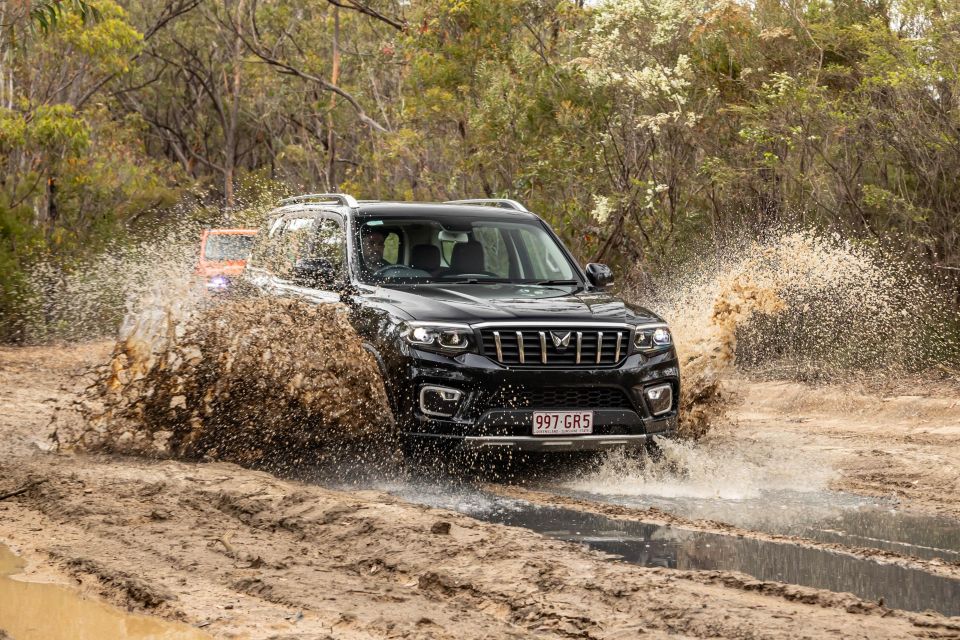
As of 2023, Mahindra & Mahindra was the largest producer of tractors in the world – selling almost 390,000 units against stiff competition from brands like John Deere, Case IH, and Massey Ferguson.
Moreover, this diverse conglomerate now operates across more than 100 countries and employs more than 260,000 staff.
The company was founded in 1945 as Mahindra & Mohammed by the Mahindra brothers along with associate Ghulam Mohammed as a steel trading firm before branching out into steel production, automotive assembly, and farm machinery.
It wasn’t until 1947 after India gained its independence and Mohammed was forced to leave (due to a political carve-up of the region) the company changed its name to Mahindra & Mahindra, and began by assembling Jeeps under contract from the American-based Willys Overland company.
In 1961 the firm established another joint venture with International Harvester – one that would later set it on course to produce its own brand of tractors from 1977, before becoming the largest manufacturer of tractors in India by 1983.

After several decades of growth led by expansion into other industries including automotive manufacturing focusing on SUVs, Mahindra acquired the financially troubled Korean brand SsangYong.
It was hoped SsangYong would provide added technology and expertise for its own vehicles, as well as greater scale and sales reach in Africa and the Middle East, South Central America, and APAC countries including Australia.
SsangYong was eventually purchased by another Korean company, KG Mobility in 2023.
Given the reliance on motorcycles and scooters as transport across the entire Indian subcontinent, Mahindra decided to enter that market in 2008 with its purchase of local motorcycle company Kinetic Engineering.
Armed with a significant slice of the Indian market, Mahindra set its sights on the global two-wheeled market with its purchase of a 51 per cent stake in Peugeot Motorcycles from the then-owner Groupe PSA in 2015, while the remainder of the shares were acquired prior to 2020.
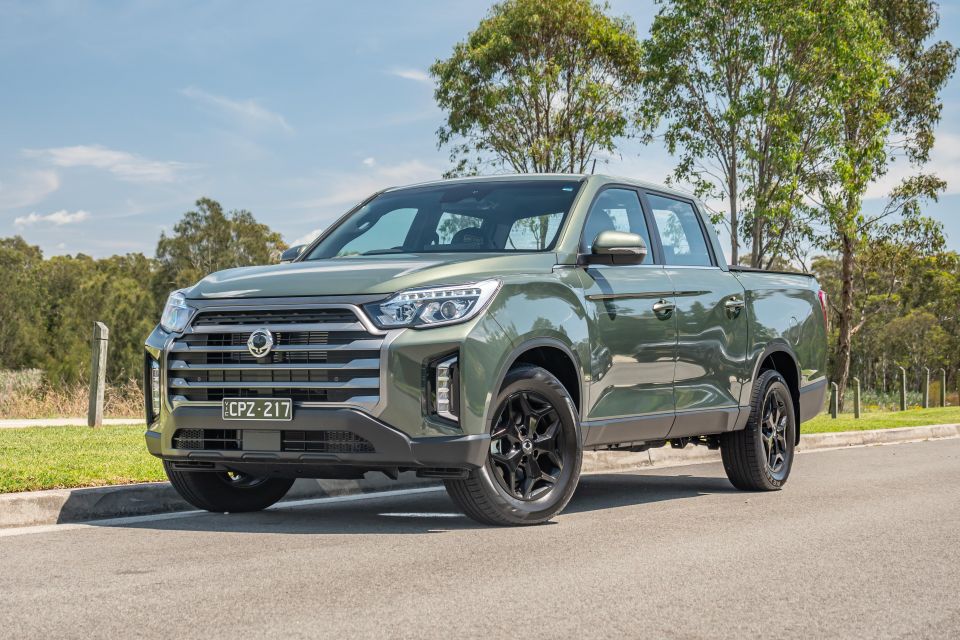
Mahindra held its stake in that two-wheeled business until 2022, before divesting its stake to German-based Mutares SE & Co… and buying historic British motorcycle brand BSA.
In another move seen to sure up its future design competency as well as expanding its global footprint with European partnerships, Mahindra acquired a controlling interest in iconic Italian automotive design house and coach builder Pininfarina.
In 2019 it revealed the world’s first all-electric Hyper GT car called the Pininfarina Battista using drivetrain technology from Croatian company Rimac for outputs of 1400kW of power and maximum torque of 2340Nm.
It can go from 0-100km/h in a staggering 1.86 seconds and has a top speed of 350km/h. It’s also got a range of 476km.
Back home in Australia, Mahindra has had a presence dating back to the ’90s – when it sold two versions of a slightly modernised version of the Willys CJ-3B civilian Jeep using parts manufactured in India.

These days Mahindra currently offers three models for the Australian market; the six-seat, body-on-frame mid-sized Scorpio SUV from $41,990 drive-away, the sleeker looking seven-seat XUV700 SUV priced from $36,990 drive-away, while the S11 Automatic dual-cab Pik-Up is a Euro 6-compliant turbo-diesel workhorse starting from $37,990 drive-away.
The company currently boasts more than 65 dealers nationally with plans to increase that number before introducing at least one all-electric SUV in 2025, and a series-production version of the Global Pik Up Concept in 2026.
The latter is seen as a new spearhead into international markets for Mahindra with a focus on technology and safety but with capability and versatility as core competencies.
More new-generation vehicles will likely follow including the likes of the electrified Thar.e – the ICE version launches in India in August 2024.
MORE: Everything Mahindra
Take advantage of Australia's BIGGEST new car website to find a great deal on a Mahindra.


James Wong
7.9
5 Days Ago
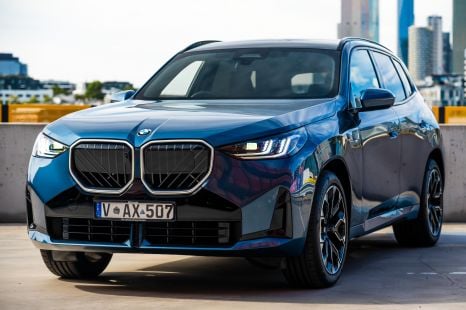

Jack Quick
8.4
4 Days Ago
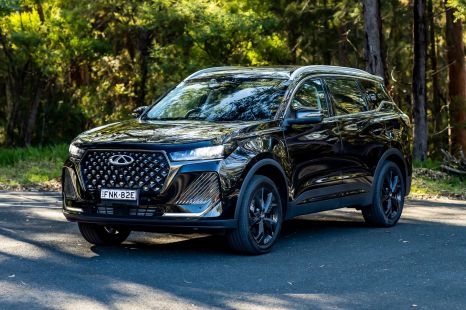

Matt Campbell
8.1
3 Days Ago
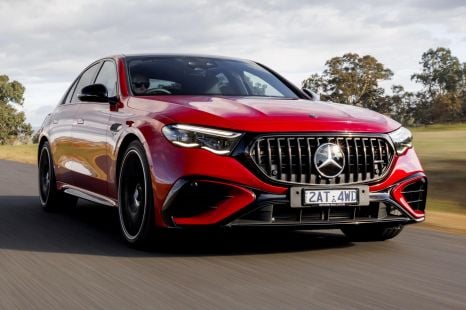

Max Davies
8
2 Days Ago
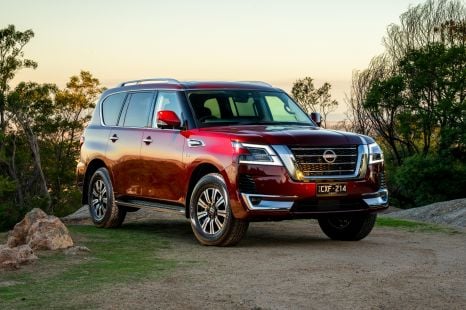

James Wong
8.1
14 Hours Ago
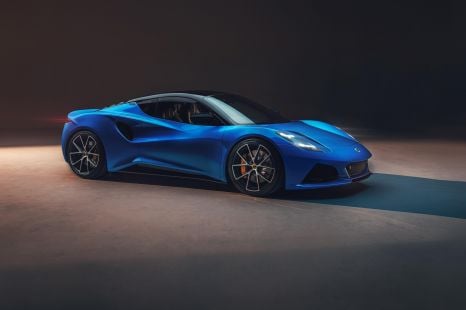

Marton Pettendy
13 Hours Ago